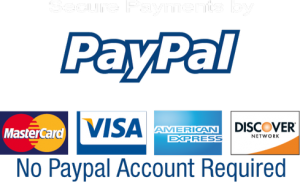Getting a Vietnam visa on arrival (VOA) checkpoint is one of the most convenient ways for tourists to enter the country. With a relatively open visa policy, Vietnam has attracted many international tourists to visit, work, study and live here. However, to avoid unnecessary trouble, visitors should clearly understand the necessary regulations and conditions when getting a visa upon arrival. This article would help you understand about definitions, procedures and how to apply this type of visa.
List of contents
What is visa on arrival?
Vietnam visa on arrival (VOA) is the process of checking and confirming personal documents performed by authorities or security personnel at the checkpoints. This procedure is intended to ensure that foreigners eligible and fit to enter the destination country.
This process usually includes checking passports, airline tickets, visas (if required), and other related documents. In addition, foreigners may also be asked to answer some questions from security staff or provide information about their travel itinerary.
However, instead of going to the Vietnam Embassy/Consulate aboard to apply for a visa, by this way, applicants can apply for visa online, then show the visa result on arrival checkpoint to get a confirmation and visa stamp before entering the country.
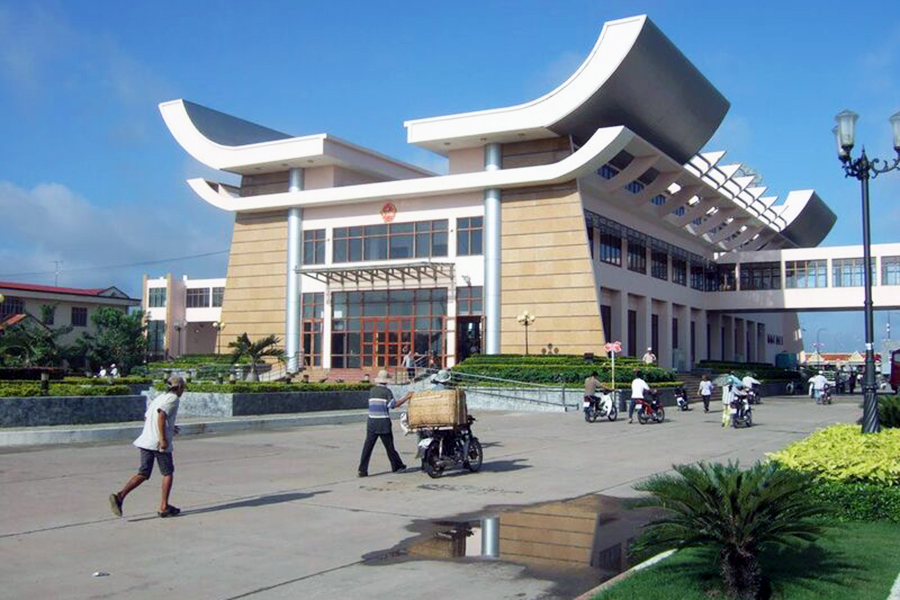
Visa regulations at upon arrival Vietnam checkpoint
Visas issues at the checkpoints
According to Vietnamese law, visas can be issued at that country’s embassy or consulate in the visa applicant’s home country, OR can be issued at the international checkpoints upon the visa applicant’s arrival. However, visa issuance at the checkpoints only applies to the following cases:
- Citizens of the country are exempted visa to Vietnam.
- Citizens of the country can apply for a visa at the international upon arrival in Vietnam.
Length of stay and purpose of visa
The duration of stay and the purpose of the visa at Vietnam international checkpoints must comply with the provisions of the Law on Entry, Exit, Transit and Residence of Foreigners in Vietnam. Accordingly, the maximum stay period of a visa is 90 days for the purpose of tourism, business or maximum of 1 year for visiting relatives, work or investing purpose if applicants can provide enough requirements.
It is worth noting that in 2023, Vietnam has expanded and upgraded the Vietnam Evisa system, allowing applicants to easily apply for a visa with a maximum duration of 90 days, in both option single or multiple entries, for citizens from most territories and countries in the world for many different purposes, including: tourism, visiting relatives, business activity, investment, working, teaching, studying, transiting, volunteering, internship, etc.
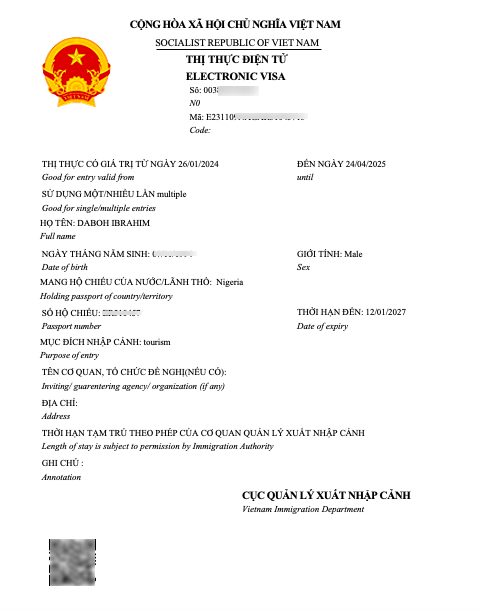
How to apply for the Vietnam visa on arrival?
There are only 3 steps to obtain a Vietnam visa on arrival (VOA) as below:
- Complete visa application form and settle a payment.
- Get visa approval letter or Vietnam E-visa after processing time.
- Submit the visa letter on arrival international checkpoints for checking, then get visa stamp into your passport. That’s all!
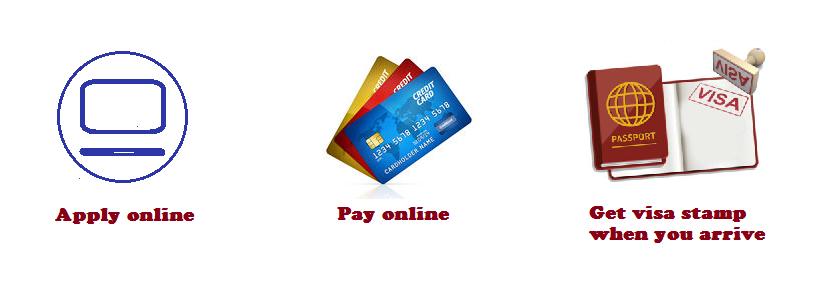
Procedures for getting visa at Vietnam checkpoints
Step 1: Prepare the necessary documents
Before arriving at the international checkpoints in Vietnam, applicants need to prepare the necessary documents include:
- Passport valid for at least 6 months from date of entry.
- A printed-copy visa letter (Evisa or visa approval letter), black and white copy is acceptable.
- For applicants who apply for a visa approval letter, you should prepare: 02 passport photos, cash for stamping fee, complete visa application form – NA1 (can obtain on arrival checkpoints).
- For applicants who come with the exemption cases, you should prepare: hotel booking, travel documents such as tour booking, tour itinerary, around trip ticket…
Step 2: Fill out the visa application and pay the fee
At the checkpoint, applicants need to submit all the requirement as we have mentioned above to “visa counter” for checking.
Step 3: Wait for approval and receive visa
Normally, applicants will have to wait for 15-30 minutes for the visa application to be processed. If the application is corrected, you will receive a visa and can enter Vietnam. Don’t forget to check the visa validity again before leaving the checkpoint.
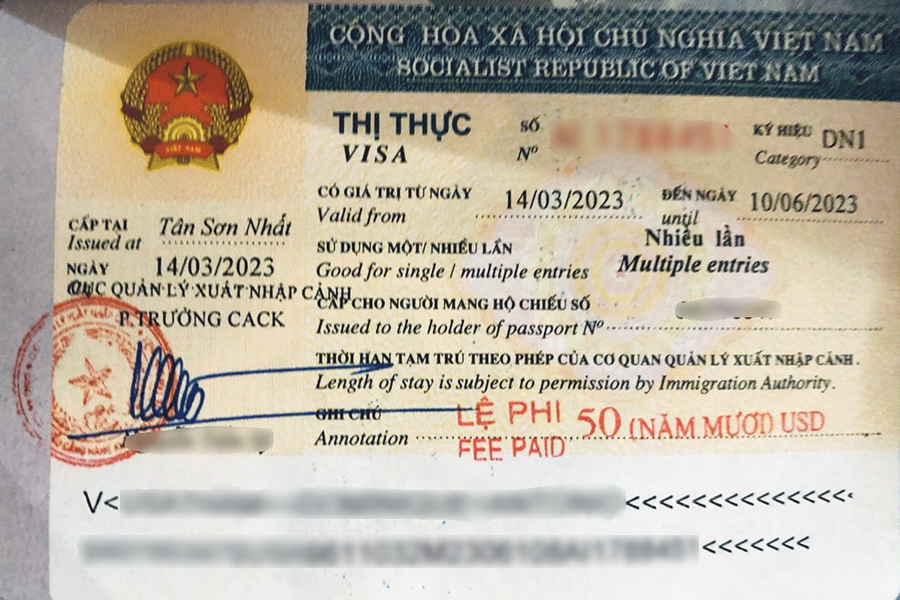
Vietnam visa on arrival fees
So basically, there are 03 kind of visa on arrival to Vietnam: visa approval letter, E-visa or exemption cases.
1, For visa approval letter, applicants need to pay:
- Service fee: paid for the visa agent to handle your application at Immigration Department.
- Stamping fee: regulated by Vietnam Ministry of Finance, pay on arrival Vietnam International checkpoints in order to get visa stamped. It cost 25USD for single entry or 50USD for multiple entries for a visa valid for less than 90 days; 95USD for a visa multiple entries valid for less than 180 days and 135USD for 1 year visa.
2, For Vietnam E-visa or exemption case
For applicants who apply for the Vietnam E-visa, you just need to pay only ONE time, when you submit online at evisa.xuatnhapcanh.gov.vn or though visa agent.
3, For exemption case
No stamping fees required.
Here is a our Vietnam visa on arrival fees, after take a look, you can click down here to:
APPLY for a visa on arrival NOW
What is the benefits of Vietnam visa on arrival?
- No document or original passport is required to apply on this type of visa to Vietnam. Things will be done online.
- Easy to apply and get a result in 3 – 4 working day (standard processing time). Urgent visa service is available, you can get a result in 1 working days or less in the emergency cases.
- It is rather cheap compared with other forms of getting a visa for Vietnam.
- Available for many purposes.
- No country is limited on this process.
If you have any questions about Vietnam visa on arrival, please contact directly to:






